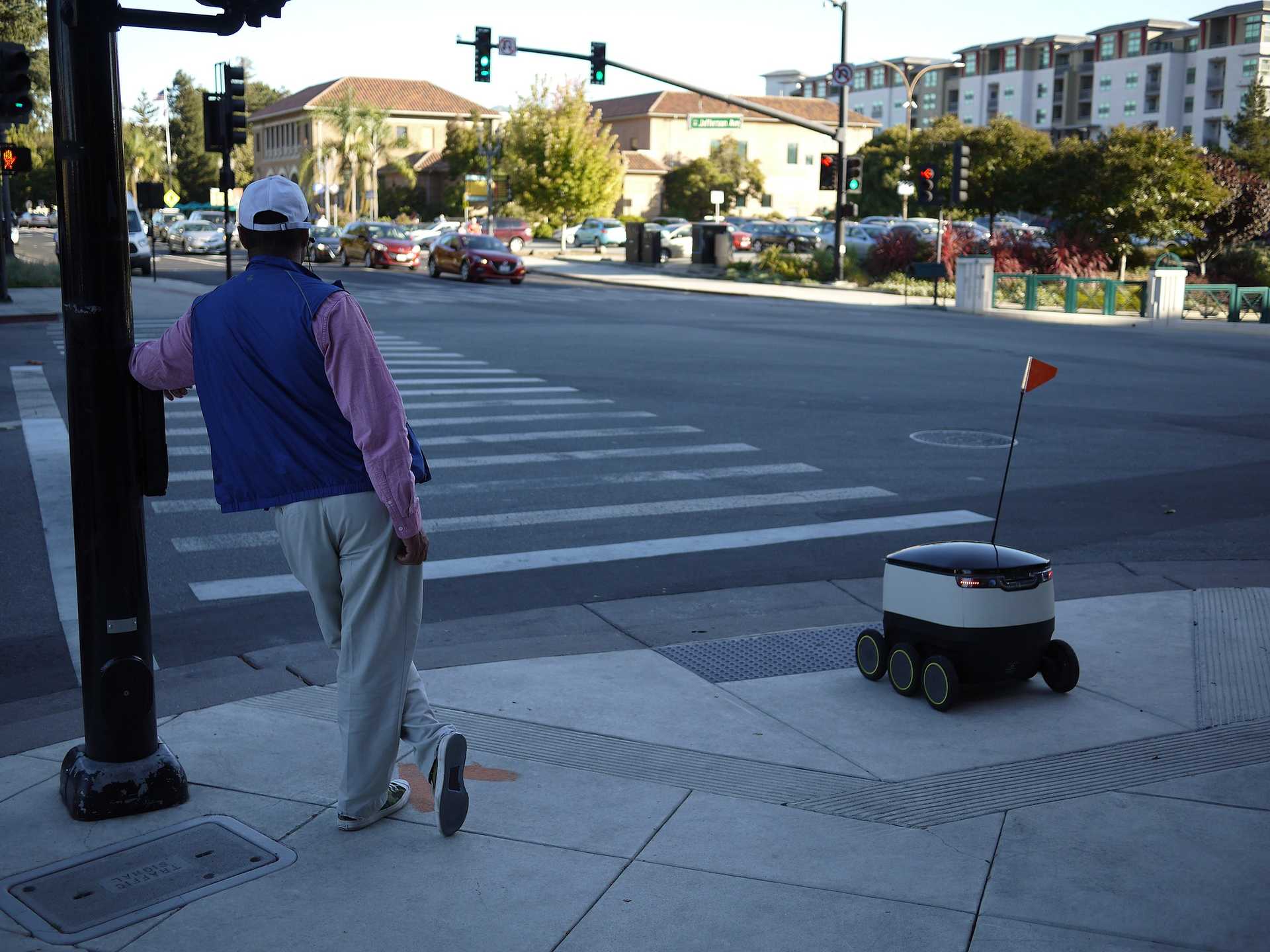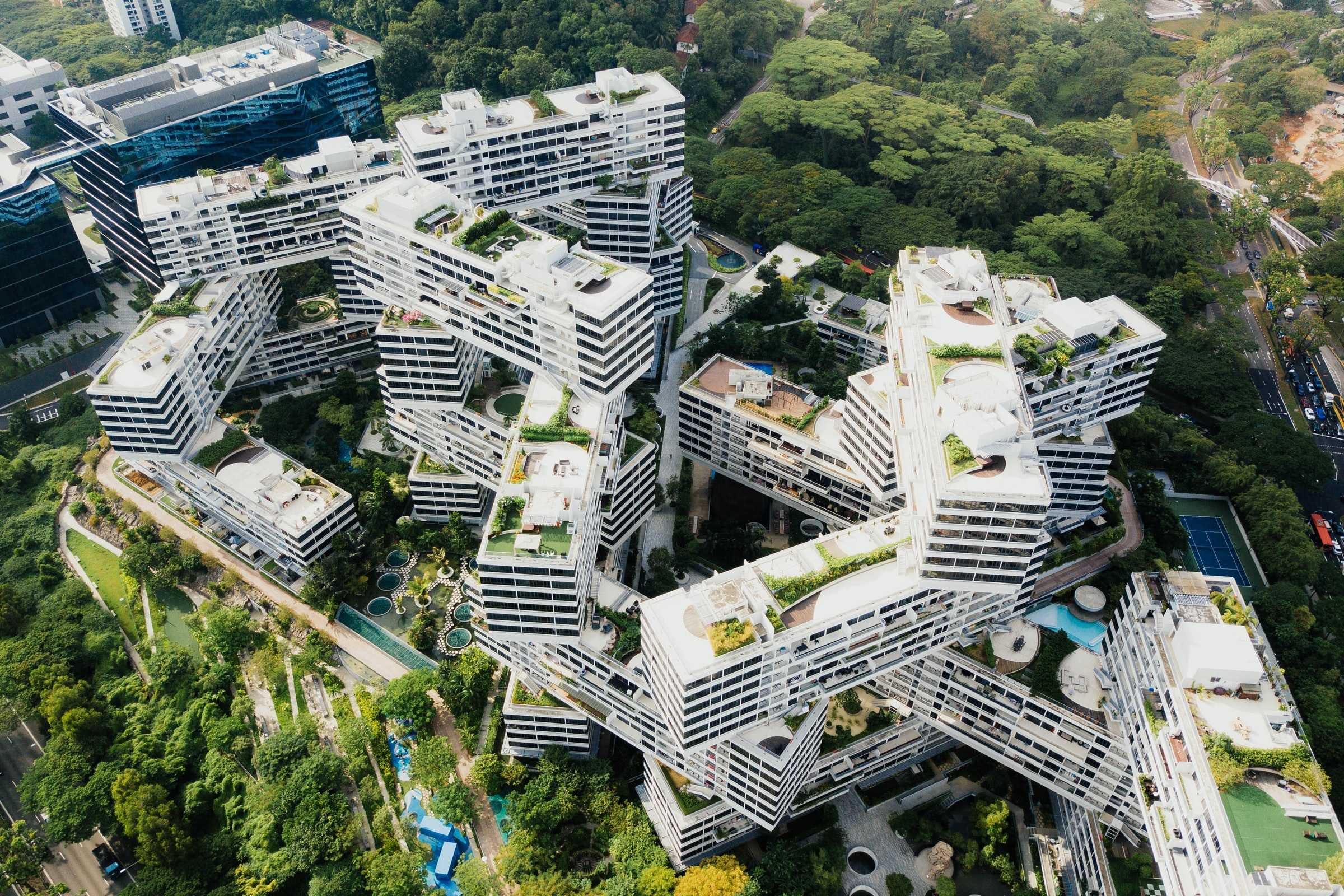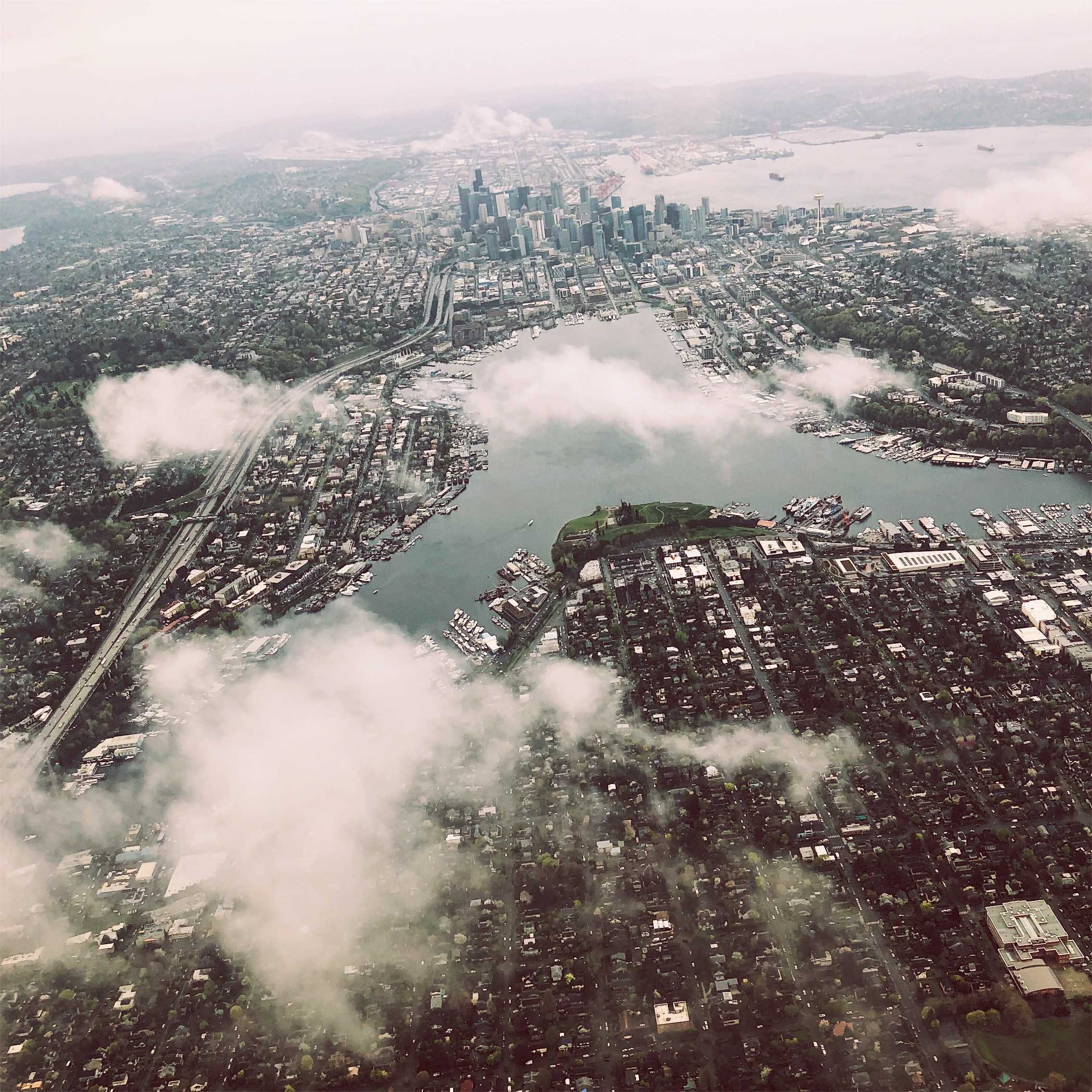
The dilemma of human-robot interaction in public space
Researchers working on the next generation of urban robots are attacking the challenge of close commingling with people from multiple directions. Computer vision systems can help scooter riders avoid pedestrians. And better models of both the physics of human movement, and the social dynamics of group interaction will provide robots with a better ability to predict where people will be and how to avoid them. "As robots increasingly enter public spaces," says one researcher, "they may do so safely if they have a better understanding of human and social behavior."
However, there appear to be limits to researchers' patience. Many seem unwilling to put people's needs first. "As more intelligent, independent machines make their way into the public sphere, engineers Julie Shah and Laura Major are urging designers to rethink not just how robots fit in with society, but also how society can change to accommodate these new, 'working' robots," reports MIT News. Similar sentiments are often expressed by researchers in automated driving, who would like local governments to simplify road environments to make them more machine-friendly.
This all points towards a future where, as urban researchers begin studies to anticipate how this dilemma will play out, new design strategies must be implemented to reduce direct conflict between people and machines in urban public space.




..png)
